The pancreas has a role both in the endocrine system and the digestive system. The endocrine function is related to insulin and glucagon while the role of the pancreas in digestion will be discussed here in detail.
Let me start you with the basics by asking the question what is the pancreas?

The pancreas is a double or dual gland that works both as an endocrine as well as exocrine.
I must explain endocrine as well as exocrine glands for your convenience though if you know it.
Endocrine gland:
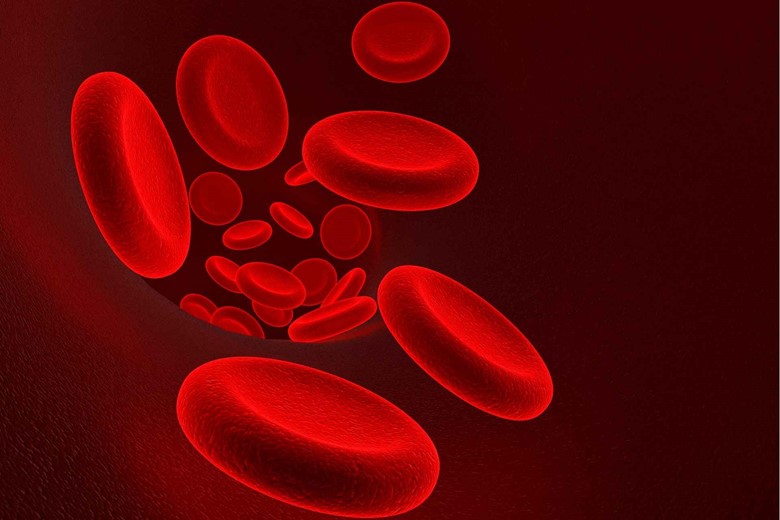
Endocrine is those glands that secrete their secretion directly into the blood and trigger the action.
Exocrine gland:
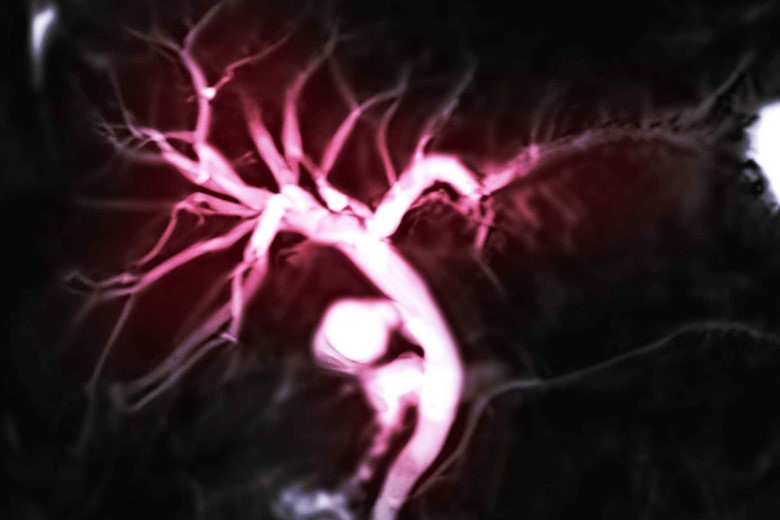
While exocrine are glands that pour their secretion into a special duct and then transfer it to the target area for action.
So how pancreas helps in digestion?
For this, we have to discuss the structure of the pancreas in detail. The pancreas is divided into the head, body, and tail.
The pancreas has two parts i.e. endocrine and exocrine parts.
Endocrine part:
The endocrine part consists of islets of Langerhans. The endocrine part will be discussed very briefly here because it is explained in very detail in Insulin synthesis, secretion, and function.
Islets of Langerhans of the pancreas have the following parts and cells.
1. Islets of Langerhans:
Islets of Langerhans are small patches of islets that contain different types of cells and are the endocrine part of the pancreas. The name is given after being discovered for the first time by German physician Paul Langerhans in 1869. It forms 1% of the whole pancreatic mass.
But what are the different types of cells in islets of Langerhans?
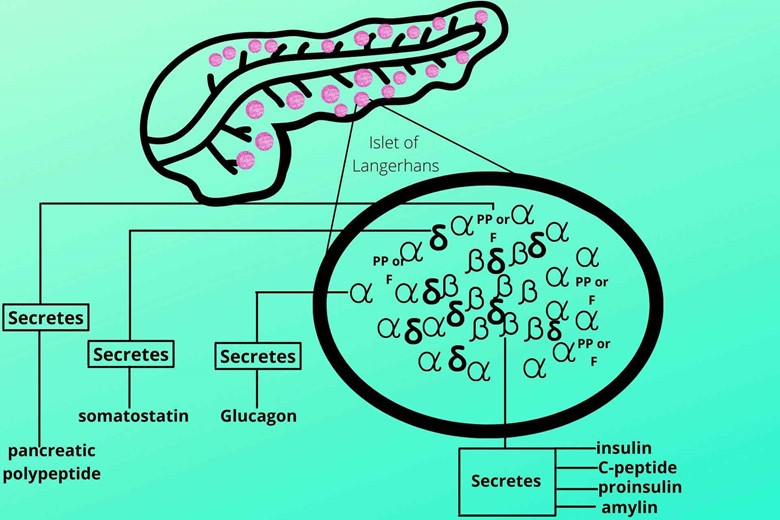
Following are the types of cells in islets of Langerhans.
a) Beta (β) cells
Secrete insulin.
b) Alpha (α) cell
Secretes glucagon.
c) Delta (δ) cells
Secrete somatostatin.
d) Pancreatic Polypeptide or PP or F cells
Secrete pancreatic polypeptide hormone.
The tail of the pancreas is mostly occupied by islets of Langerhans and as already discussed these islets form only 1% of the whole pancreatic mass.
Now coming back to our main topic i.e the role of the pancreas in digestion.
For this, we are going to discuss the pancreatic structure of the pancreas.
Exocrine part:
The exocrine part of the pancreas secretes digestive juice which helps in digestion.
Let me explain to you the exocrine structure of the pancreas.
That’s good.
Did you hear about the acinar cells (acinus) of the pancreas?
Yes.
We are going to discuss this structure.
From where does the structure of the pancreas start (pancreas duct anatomy)?
Liver.
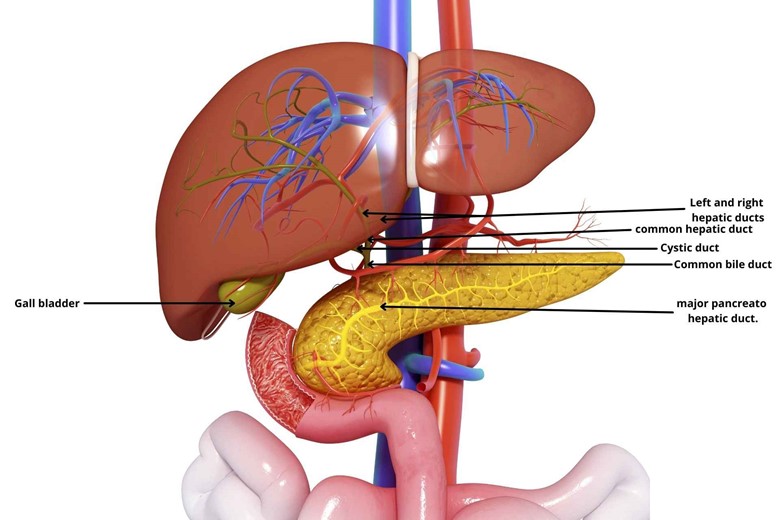
From the liver, 2 ducts arise, right and left hepatic ducts which join together and form the common hepatic duct. Meanwhile from the gall bladder cystic duct arises which joins the common hepatic duct to form the common bile duct which runs back of the first part of the duodenum (the first part of the small intestine) and enters the pancreas at the back where it meets the major secretory duct of the pancreas to form major pancreato hepatic duct.
Where is this duct open?

The major pancreato hepatic duct opens in the lumen of the intestine through the ampulla of veter which has circular smooth muscles called the sphincter of the ode that control the flow of bile from the liver and pancreatic juice from the pancreas to the duodenum and the reflex of duodenal content to the pancreas.
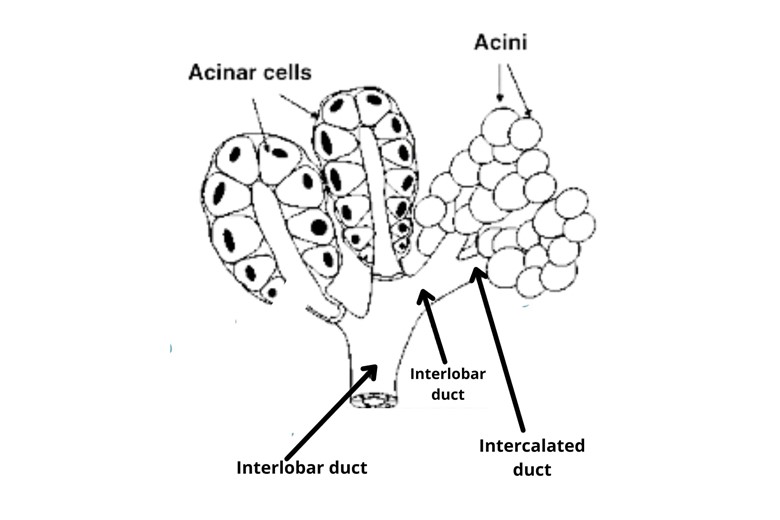
The major pancreato hepatic duct gives rise to a lateral duct called the interlobar duct which again branched to give rise interlobular duct which again divides into intercalated ducts and moves to the middle of the acinar cell (acinus).
Acinus has pyramidal cells whose inner side is narrow facing the lumen of acinus while their outer side is broader pointing towards blood.
So how is it secreted?
The acinus secretes pancreatic juice for digestion which is drained to intercalated ducts while the cells of intercalated ducts synthesize and release bicarbonates.
Who activates these cells?
The acinus is stimulated by acetylcholine from the parasympathetic nervous system and cholecystokinin from I-cells of the intestine
but the cells of intercalated ducts are stimulated by S-cells of the intestine and acetylcholine.
Does it mean acetylcholine can activate both cells of the pancreas?
Yes, acetylcholine can activate both cells but the main activator of acinus is cholecystokinin from I-cells of the intestine while the cells of intercalated ducts are mainly stimulated by S-cells of the intestine.
Do you know the environment of the stomach?
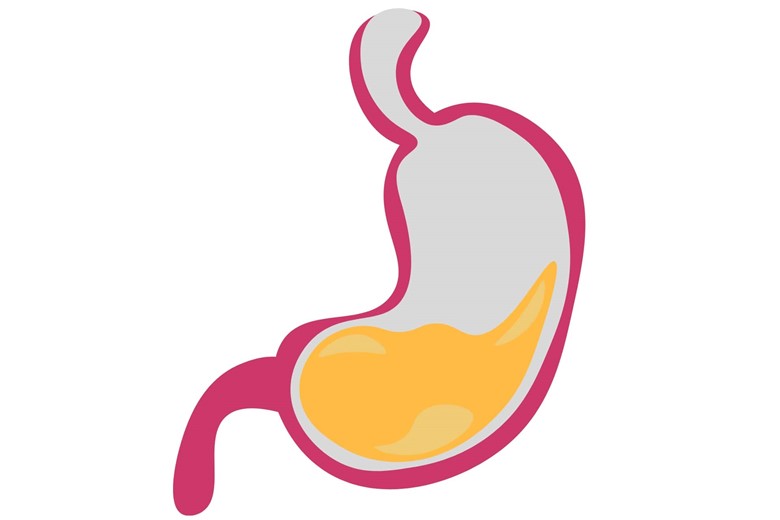
Yes, they are acidic because pepsin and gastric enzyme work best in acidic conditions.
And do you know what bicarbonates do?

They make the environment alkaline.
That’s right.
So?
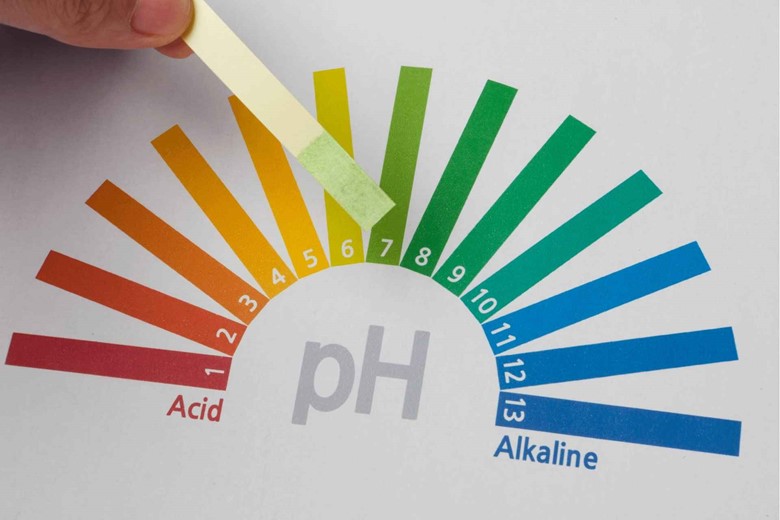
So here the bicarbonates make the PH alkaline for the incoming chyme from the stomach because pancreatic enzymes work best in an alkaline environment.
Can you tell us the amount of pancreatic enzymes secreted per day?
About 1.5 to 3 liters of these pancreatic fluids are secreted per day.
What enzymes are secreted by the pancreas?
Following are the enzymes of the pancreas.
i) Protein enzymes (proteolytic enzymes):
Protein enzymes work and break the protein. It is further 4 divided into two groups.
a) Endopeptidases:
These are those proteolytic enzymes that break the peptide chain in the middle.
Example:
Trypsinogen and chymotrypsinogen are the classical examples of enzymes secreted by the pancreas.
b) Exopeptidases:
These enzymes break the amino acids from the ends of the polypeptide chain.
Examples:
Before going through the examples of this group let me ask you a question.
I am sure you remember the two ends of a peptide chain?
One end has an amino group and the other end has a carboxyl group.
That’s correct.
Based on these groups, the endopeptidases has also two groups and examples.
1) Pro-carboxy peptidases:
These are those Exopeptidases that work on the carboxyl group of the peptide chain.
2) Pro-amino peptidases:
While these are those Exopeptidases that work on the amino group of the peptide chain.
ii) Lipids/Fats enzymes:
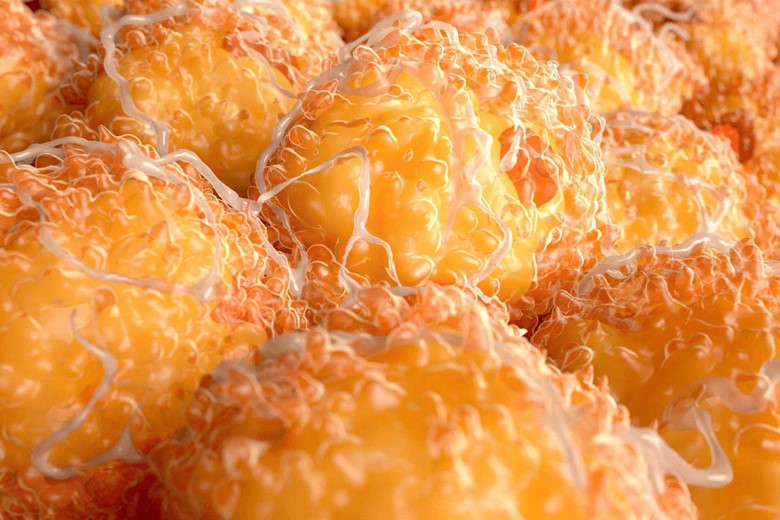
Pancreas also secretes enzymes that work on lipids and fats.
Examples:
Examples are:
Lipases
Pancreatic Cholesterol esterases
Phospholipases.
iii) Pancreatic amylases:

Pancreatic amylases are for the digestion of carbohydrates.
iv) Deoxyribonucleases (DNases):
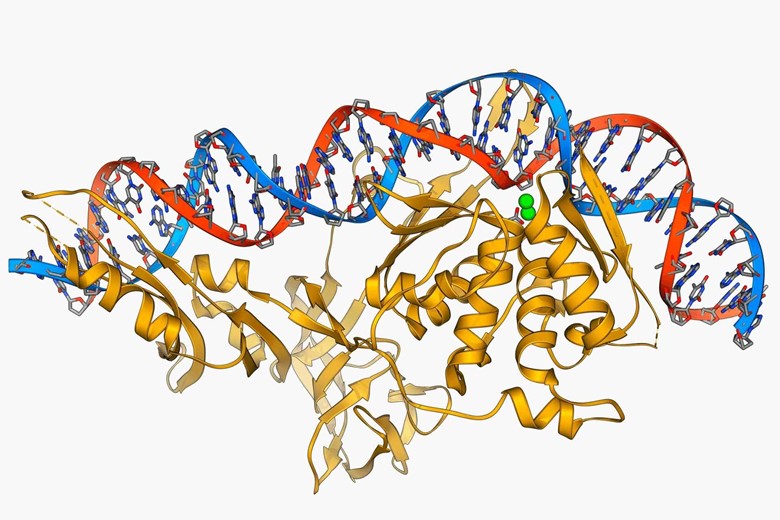
Pancreas also releases Deoxyribonucleases (DNases) which digest DNA.
v) Ribonucleases:
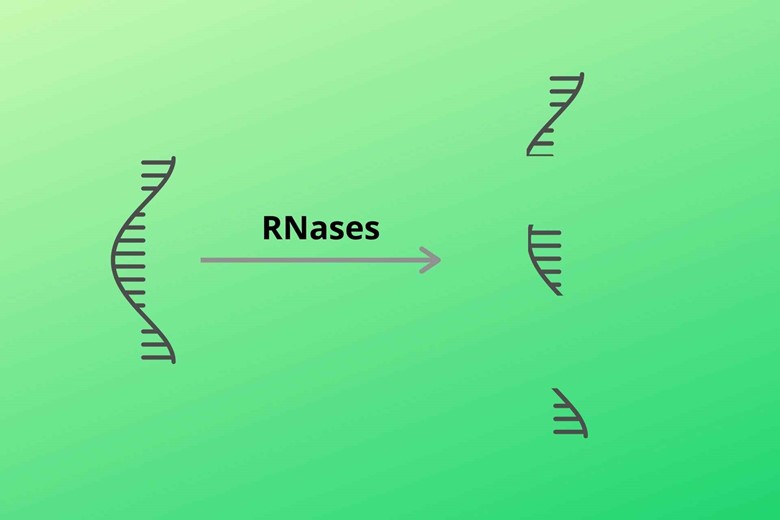
Ribonucleases from the pancreas break down the RNA.
Are these enzymes already in the activated form?
No, they are activated by the gastrointestinal cells.
How?
Let’s suppose trypsinogen from the pancreas is released to the duodenum where it is converted to activated form i.e trypsin by entero kinases secreted from the duodenal cells of the intestine and then the stimulated trypsin then attacks other enzymes of the pancreas and activates them.
Is there any reason why it is not in an activated form?
Absolutely yes, because if it were in the activated form in the pancreas it could start autodigestion of the pancreas which will damage the pancreas.
Can you tell us the clinical problems of the pancreas?
Yes, of course.
Following are some of the clinical problems of the pancreas.
I) Diabetes:

It is the most known and worldwide problem of the pancreas. In this disease, the endocrine part (beta cells) of islets of Langerhans doesn’t produce enough or not at all insulin for the conversion of glucose to glycogen. Diabetes is explained here in detail.
II) Pancreatitis:

Pancreatitis is the inflammation of the pancreas. The enzymes of the pancreas damage the cells of the pancreas itself.
How does it occur?
You mean causes. The causes are different which are the following.
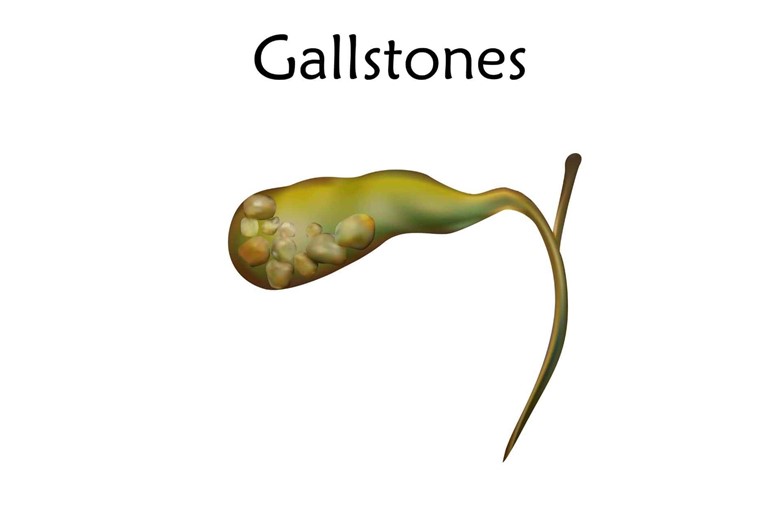
- Gallstone and tumor (block the main duct of the pancreas due to which pancreatic juice accumulates in the pancreas and damage and digest their own cells).

- Excessive uptake of alcohol
- Trauma
- Some medications
- An infection like mumps and a very high level of triglyceride in the blood
Acute pancreatitis:
Acute pancreatitis is the sudden inflammation of the pancreas that may be mild or fatal but usually, it declines and vanishes.
Cause:
Gallstone and excessive alcohol uptake is the main cause of acute pancreatitis.
Symptoms
Symptoms of acute pancreatitis can be
- Intense pain in the center of the abdomen that radiates backward.
- Nausea
- Vomiting
- Fever
Chronic pancreatitis:
Chronic pancreatitis is the long-lasting inflammation of the pancreas which alters the normal structure and function of the pancreas.
Cause:
The main cause of chronic pancreatitis is the abusive uptake of alcohol and it mostly affects middle-aged people.
Symptoms:
- Recurrent episodes of acute pancreatitis
- Cystic fibrosis (production of thick mucus that clogs the cells of the pancreas and lungs)
- Abdominal pain
- Weight loss
- Diarrhea
- Diabetes (may lead to this condition)
Treatments:
Acute pancreatitis can relieve in a few days with treatment and rest. But if the acute pancreatitis is severe then treatment may include.
a) Cholecystectomy:
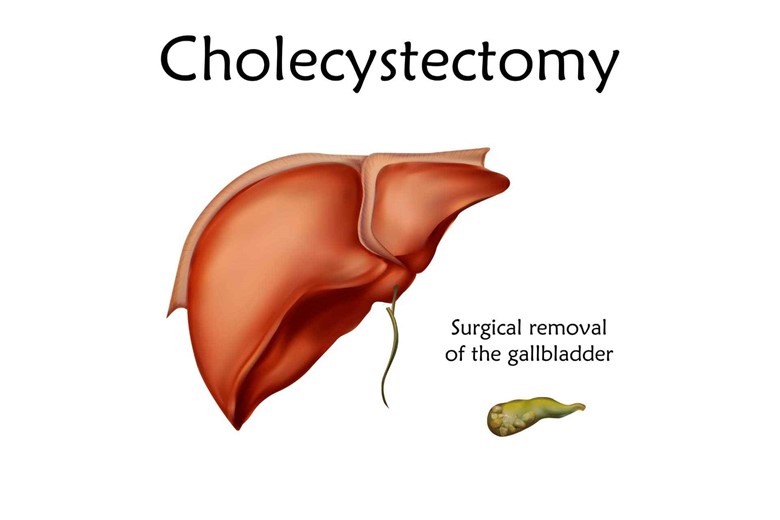
If pancreatitis is due to gall bladder stone then cholecystectomy (removal of gall bladder due to gallstone) is done. After a few days of surgery, the complications may be reduced to a great extent.
b) Medicines:
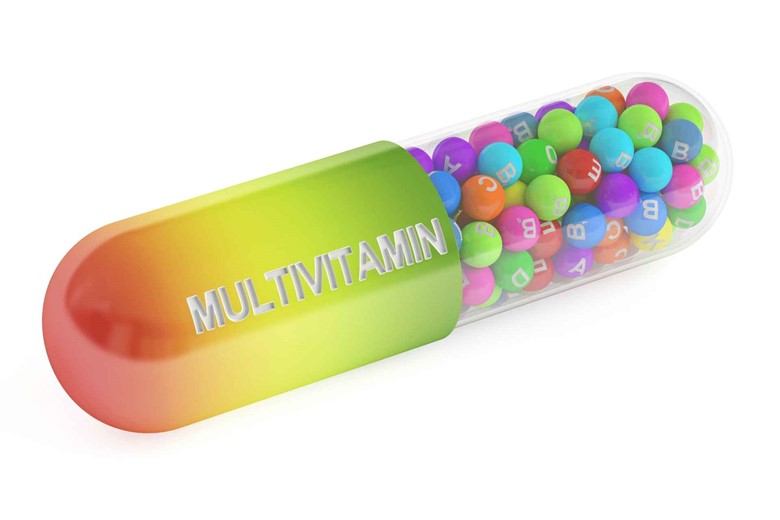
Your doctor may prescribe you enzyme tablets to help with digestion or vitamins A, D, E, and K if there is malabsorption.
Malabsorption is the condition when small intestines can not absorb nutrients from food.
c) Surgery:
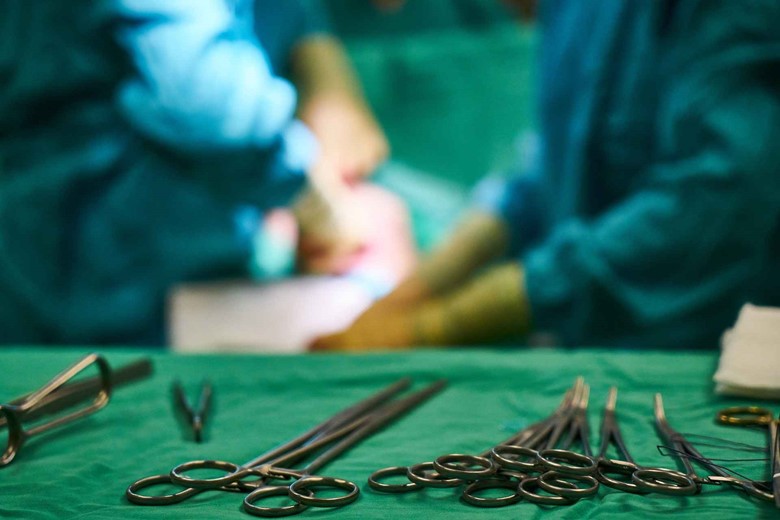
The doctor may recommend surgery to remove the blockage in the pancreatic duct or to remove the damaged and infected part of the pancreas.
In some cases, the surgeons may remove the whole pancreas from the body. After the removal of the pancreas, the islets of Langerhans are then transplanted into the liver from the removed pancreas. The islets of Langerhans will begin to start releasing the hormones into the blood.
III) Pancreatic cancer:
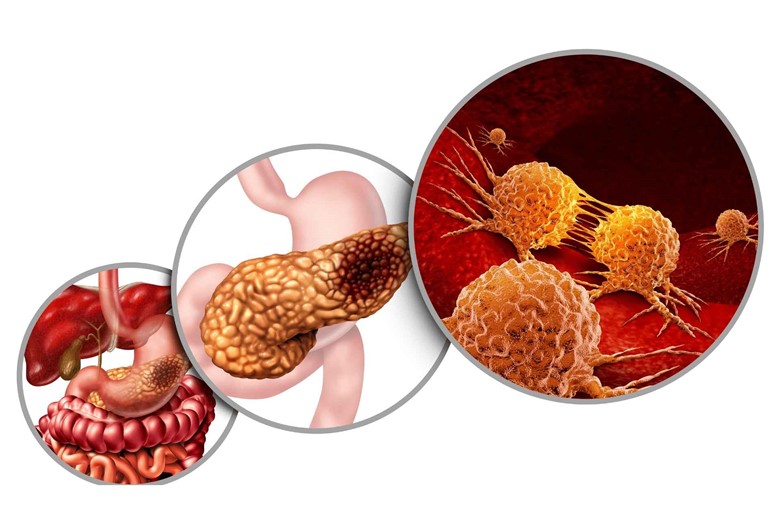
In pancreatic cancer, the cells of the pancreas start division out of control and form a mass in the pancreas. The cancer cells may invade other cells, tissues, and organs.
Pancreatic cancer is of two types.
Exocrine cancer:
Exocrine cancer of the pancreas means that the tumor arises in the cells which produce pancreatic enzymes for digestion.
Pancreatic cancer has many types but the most common pancreatic cancer is pancreatic adenocarcinoma.
Pancreatic adenocarcinoma is a cancerous tumor in the cell lining the pancreatic duct, which produces the digestive enzyme (exocrine tumor).
A) Acinar carcinoma OR acinar cell carcinoma:
It is the second most common but rare disease of cancer of the pancreas where acinar cells are affected. In this cancer due to fat necrosis subcutaneous nodules appears caused by the release of lipase.
Symptoms:
The symptoms of this disease are often nonspecific but weight loss is the main symptom.
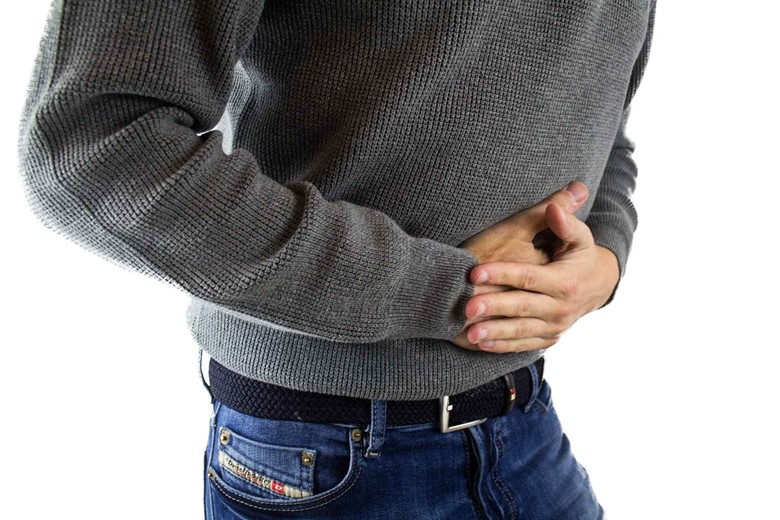
- Pain in the upper abdomen which surrounds the stomach to back. The pain may be worse at night time and increase over time and is severe.
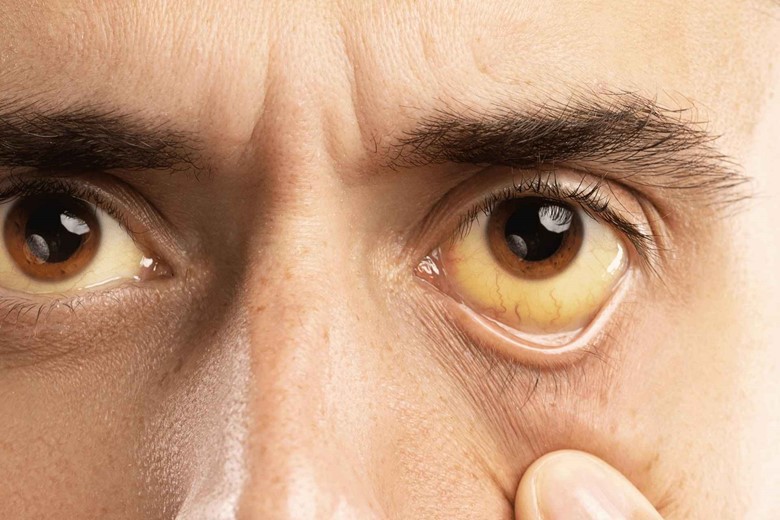
- Jaundice (A yellow tone to the white of eyes and skin with or without pain)
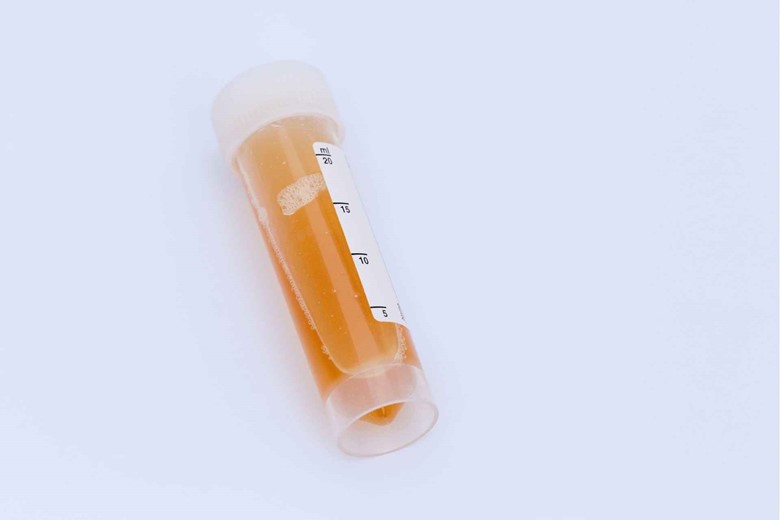
- Darkened urine due to obstruction of the bile duct to the pancreas.
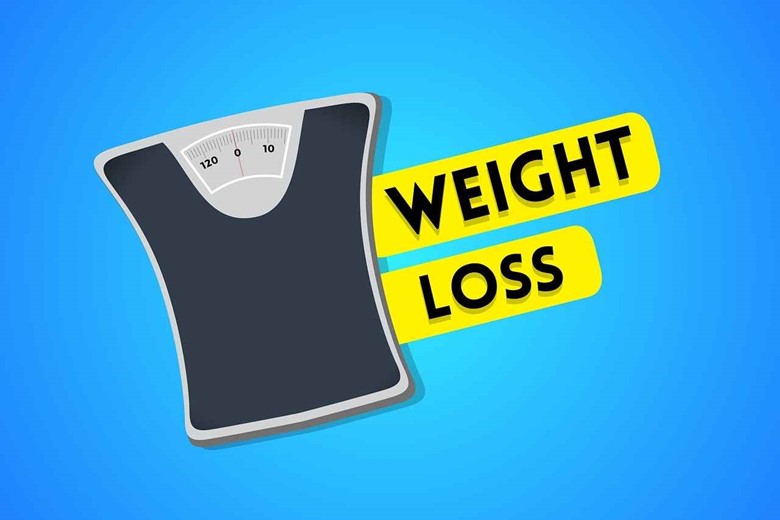
- Weight loss

- Loss of appetite

- Poor digestion
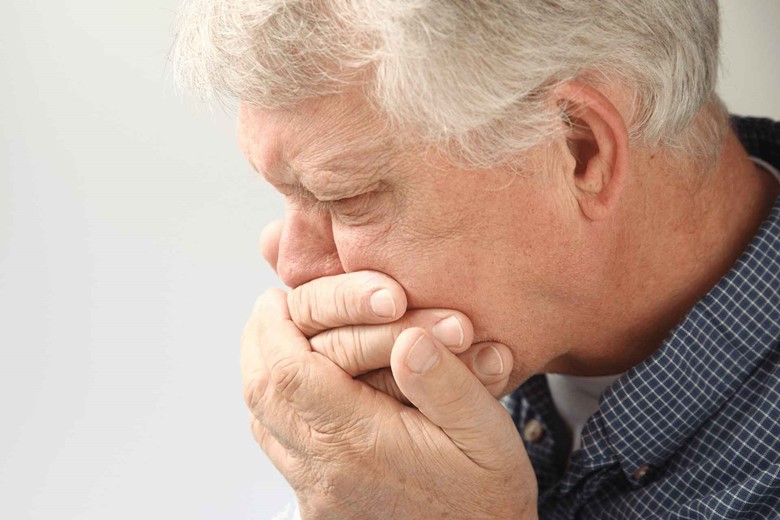
- Nausea and feelings of fullness
IV) Neuroendocrine tumor:
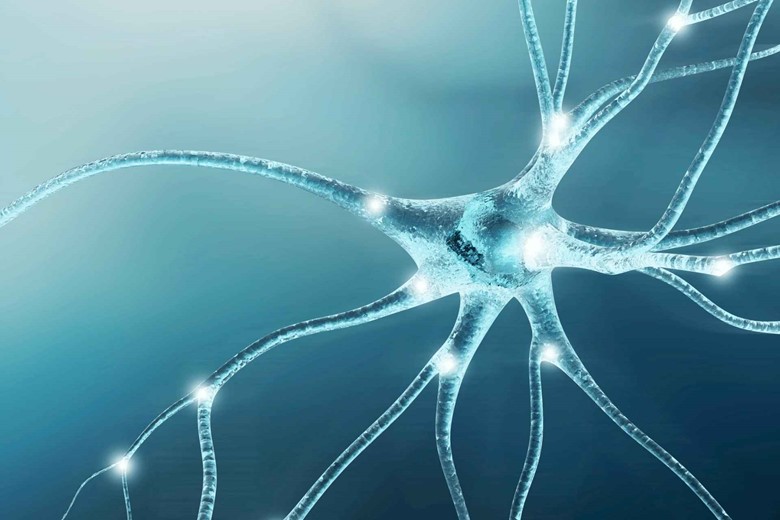
Neuroendocrine are the cells that receive a neural stimulus to release hormones.
A neuroendocrine tumor is a cancer that begins in the neuroendocrine cells. It is rarely found but can occur in the lungs, small intestine, appendix, and rectum besides the pancreas.
The neuroendocrine tumor may be a functional neuroendocrine tumor where the tumor releases an excess of hormones while in a non-functional neuroendocrine tumor, the hormones are not released or don’t release enough to cause the symptoms.
Symptoms:
- Loss of weight
- Pain from the growing tumor
- A feeling of unusual tired
- A growing lump under the skin that can be felt
While in a functional neuroendocrine tumor the symptoms may be:
- Increased thirst
- Frequent urination
- Diarrhea
- Skin flushing
- Skin rash
- Dizziness
- Shakiness
Causes:
The cause of neuroendocrine tumor disease is not known but the main cause might be the mutation that causes the DNA to change due to which the cells divide uncontrolled.
Summary/conclusion:
As, now, you know that the pancreas has dual functions both in the endocrine as well as in digestion. The endocrine function is associated with insulin and glucagon which is discussed in the previous article. For understanding the role of the pancreas in digestion as well as endocrine function the structure of the pancreas is very important to be understood. The exocrine part of the pancreas releases pancreatic juice that helps in the digestion of food. Pancrease is also exposed to a kind of disease that should be checked regularly and if feels something wrong it should be immediately consulted with the doctor. So it is concluded that the pancreas has an important role in the digestion of food so keep great care of it by not taking too much food or the food that cause him damage.






1 thought on “The role of the pancreas in digestion”
Alrighty Then